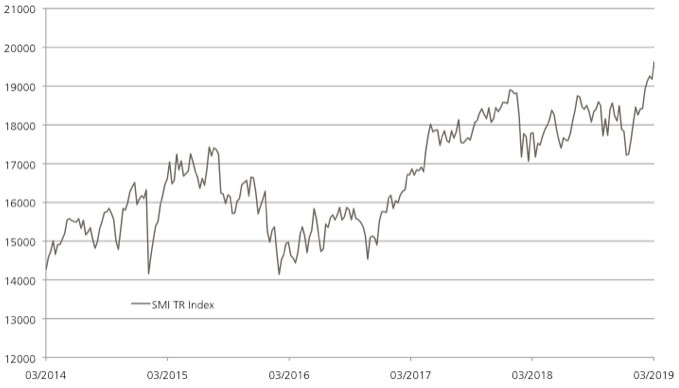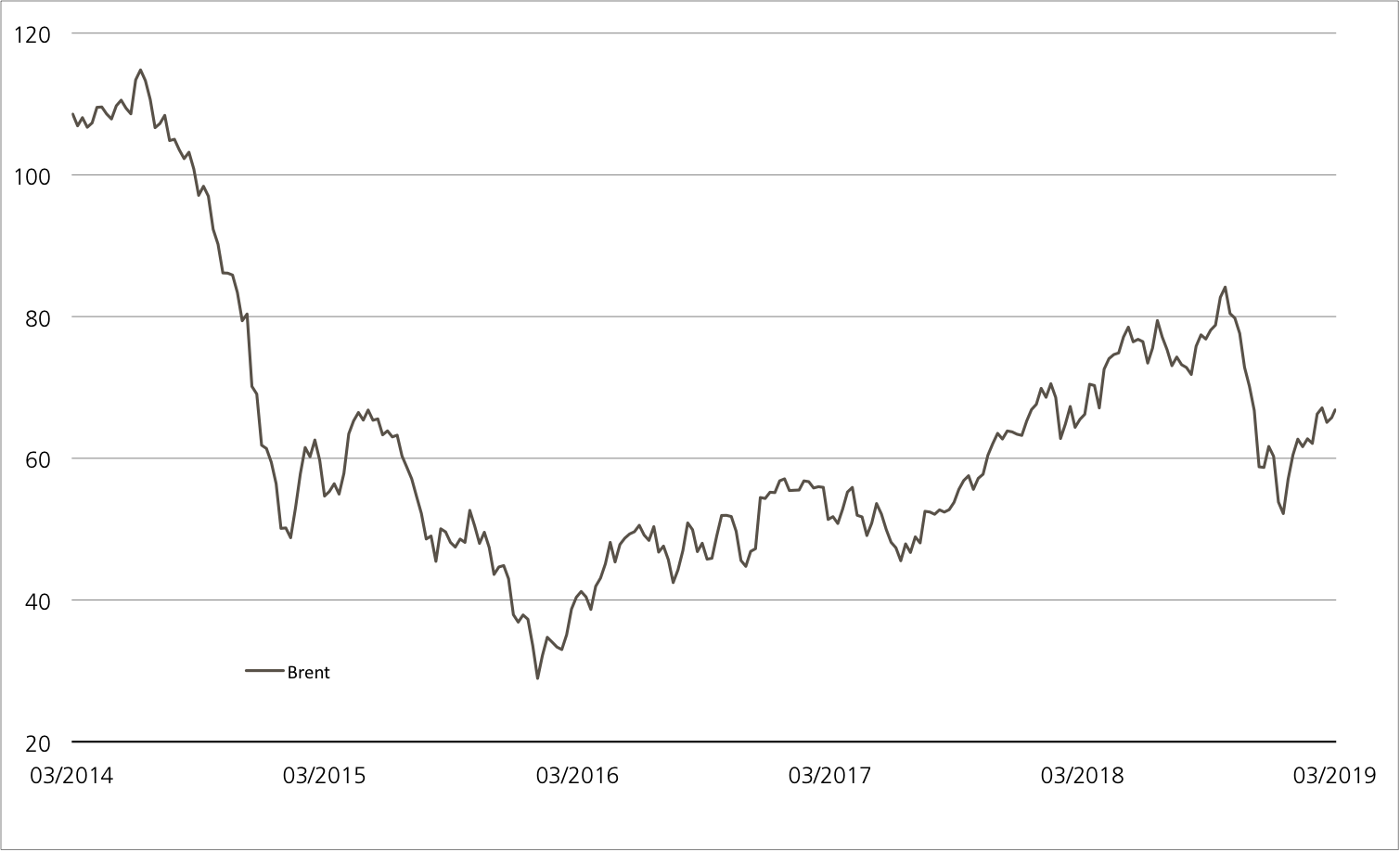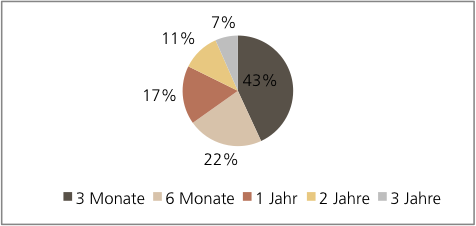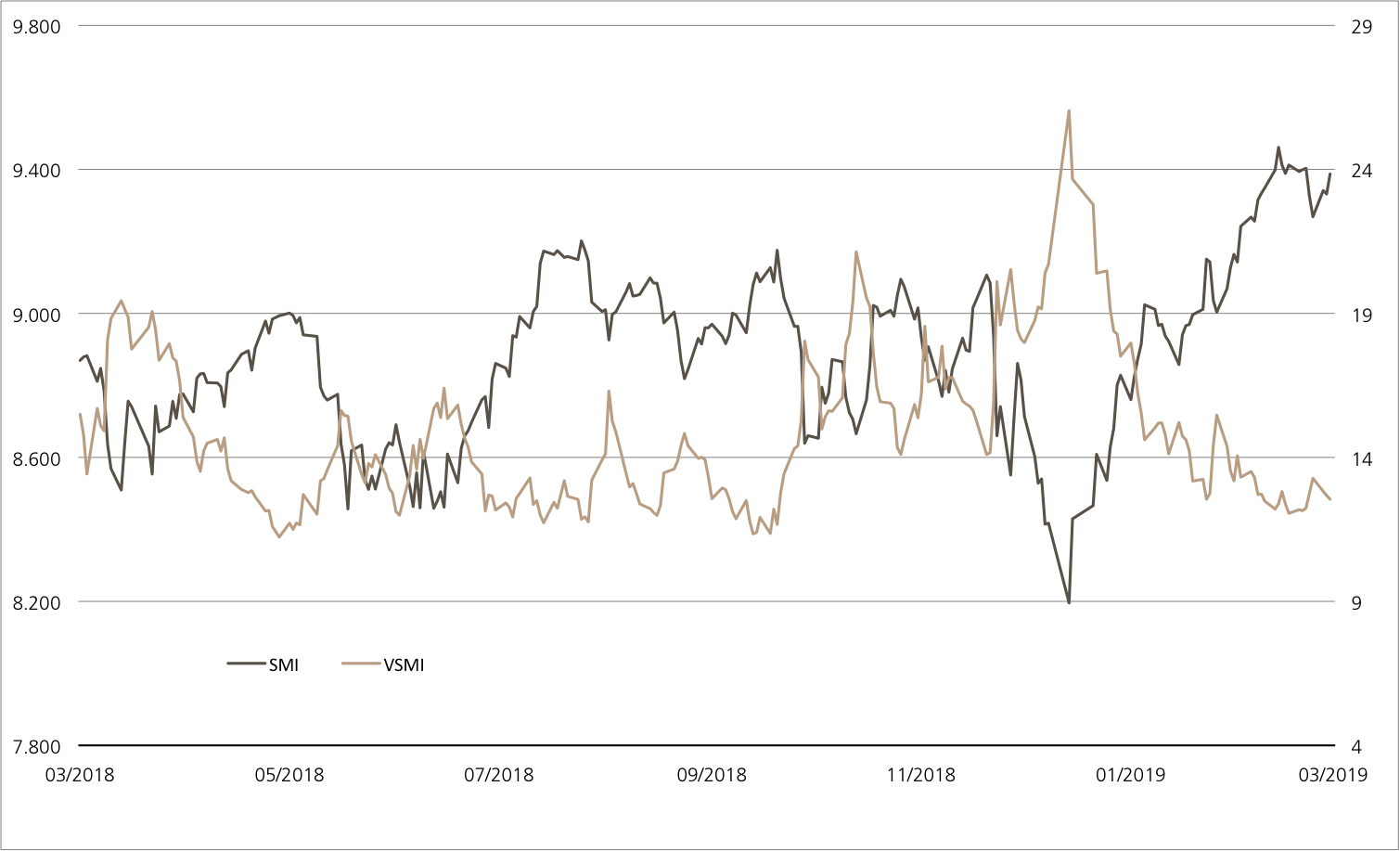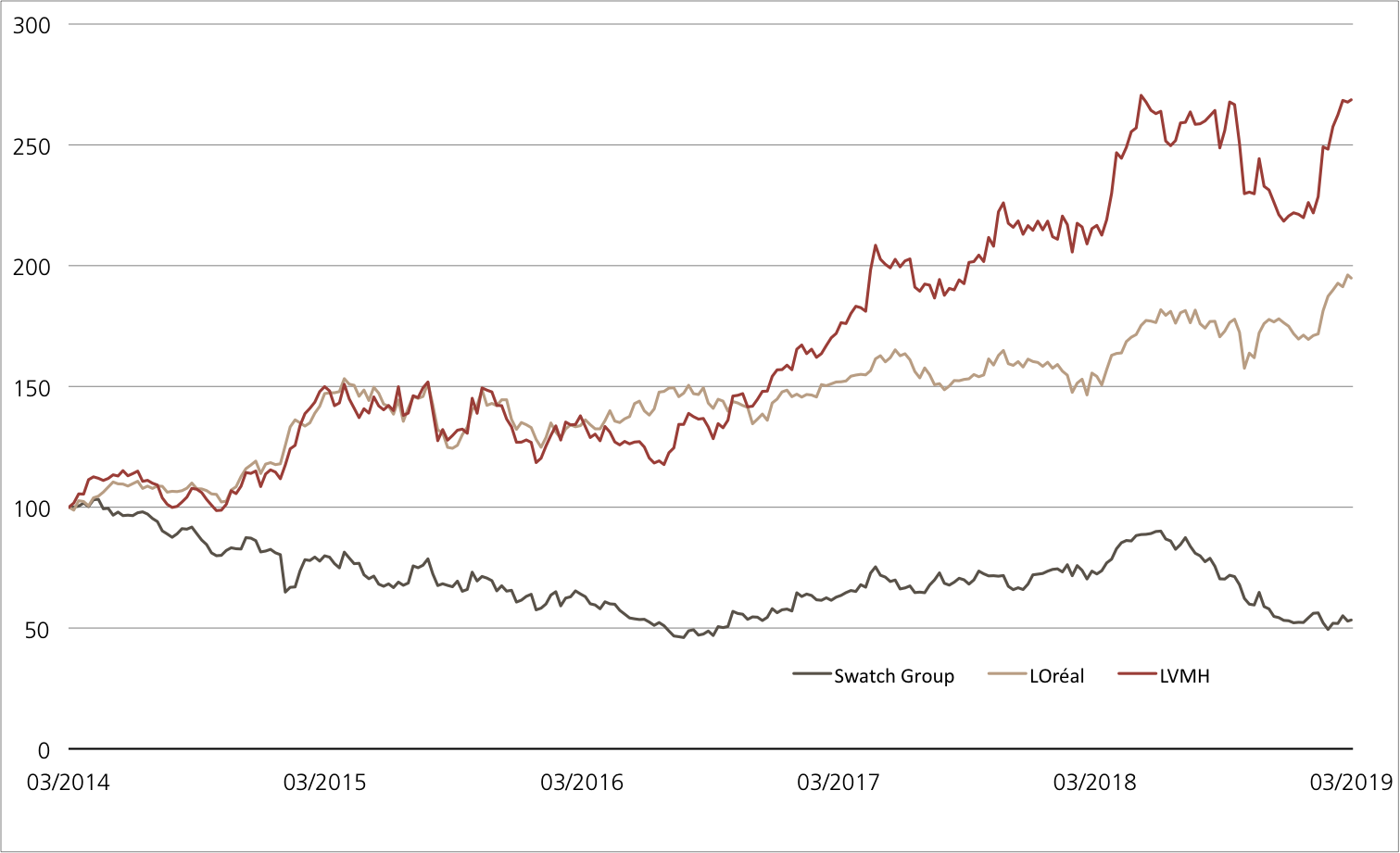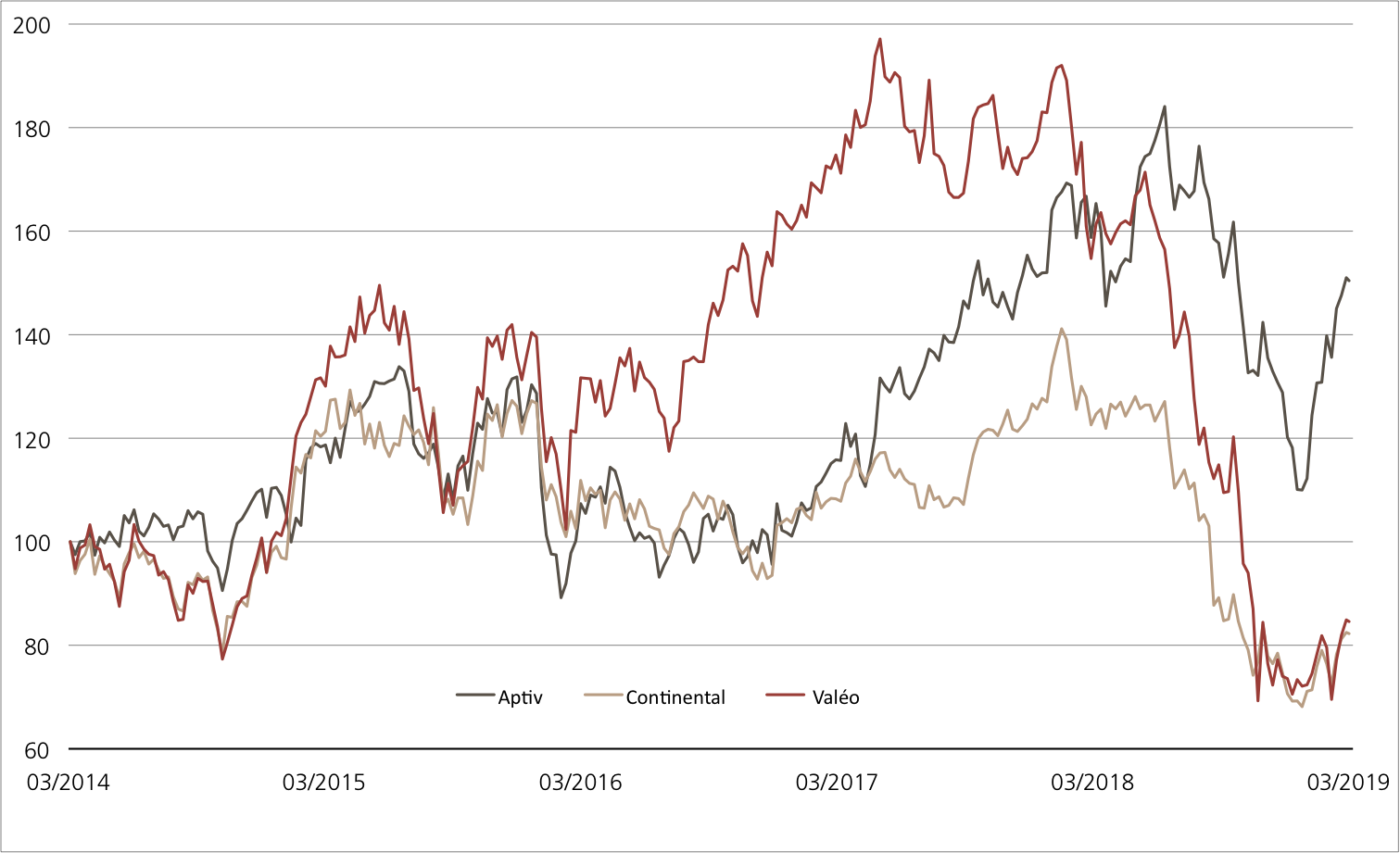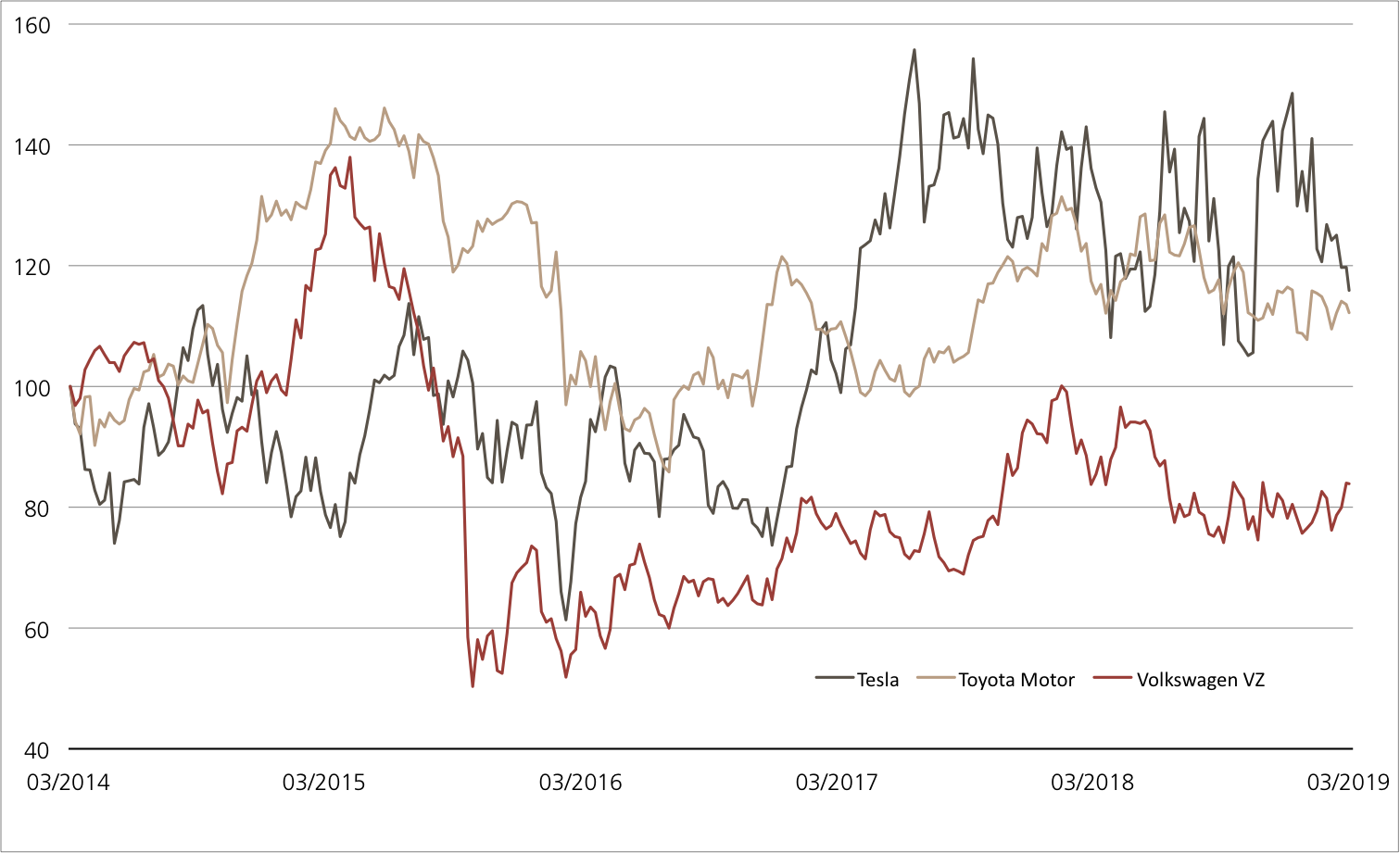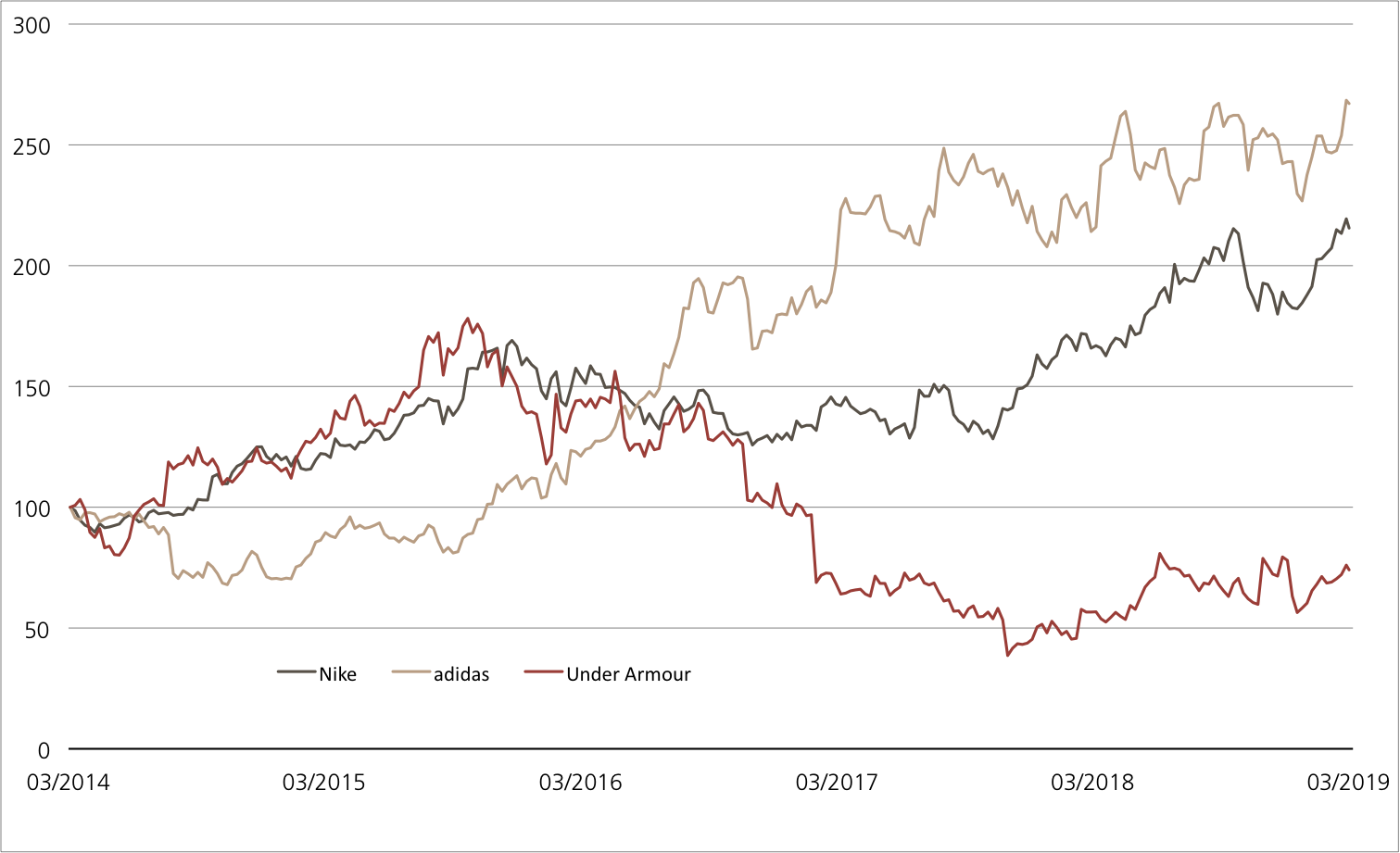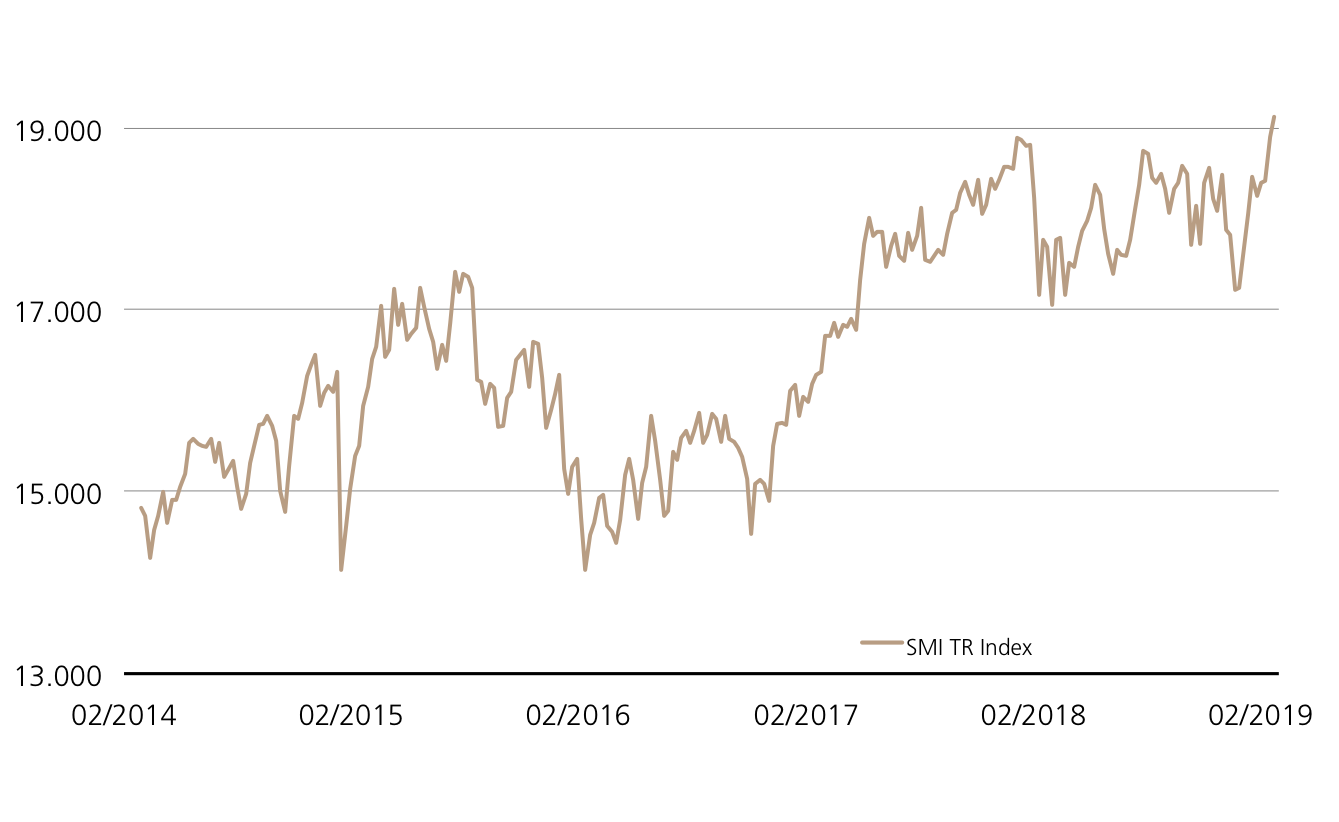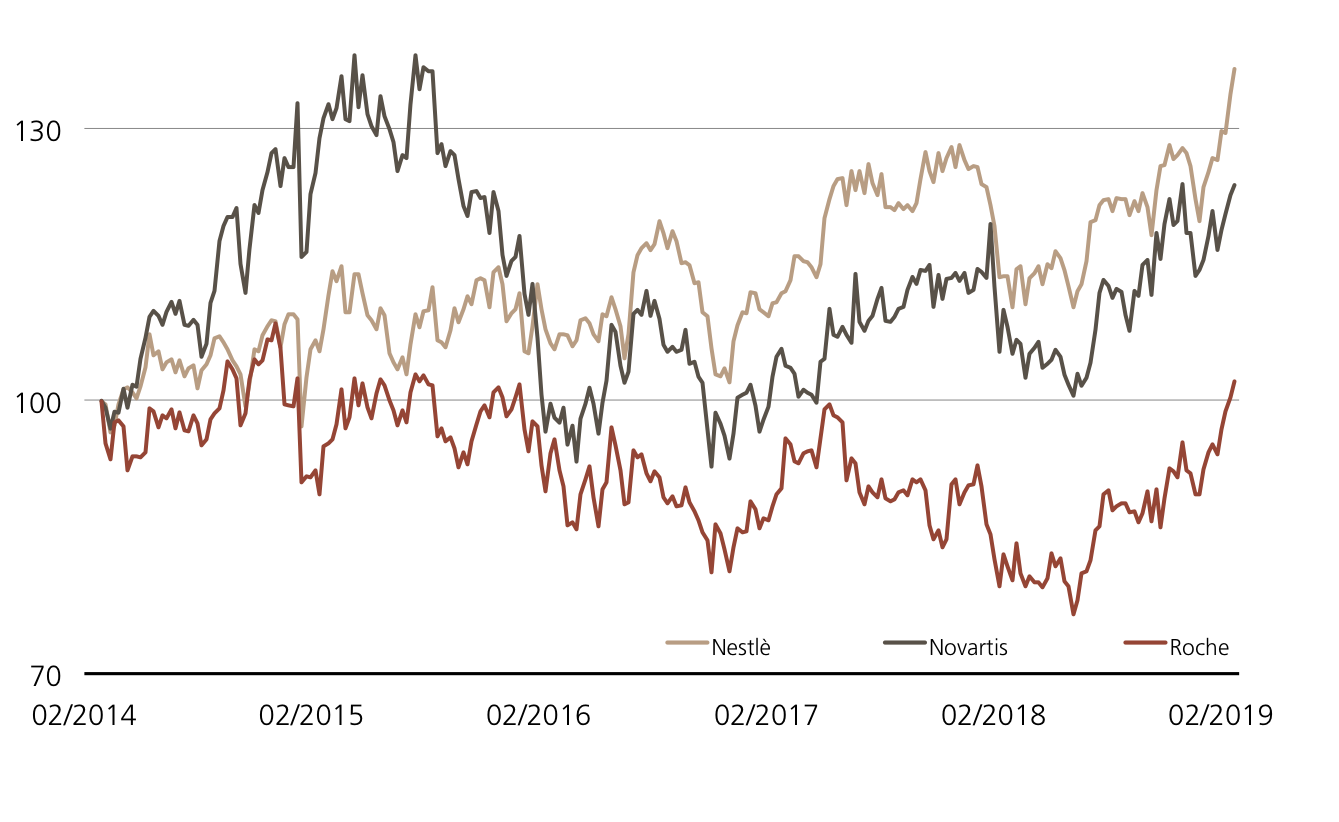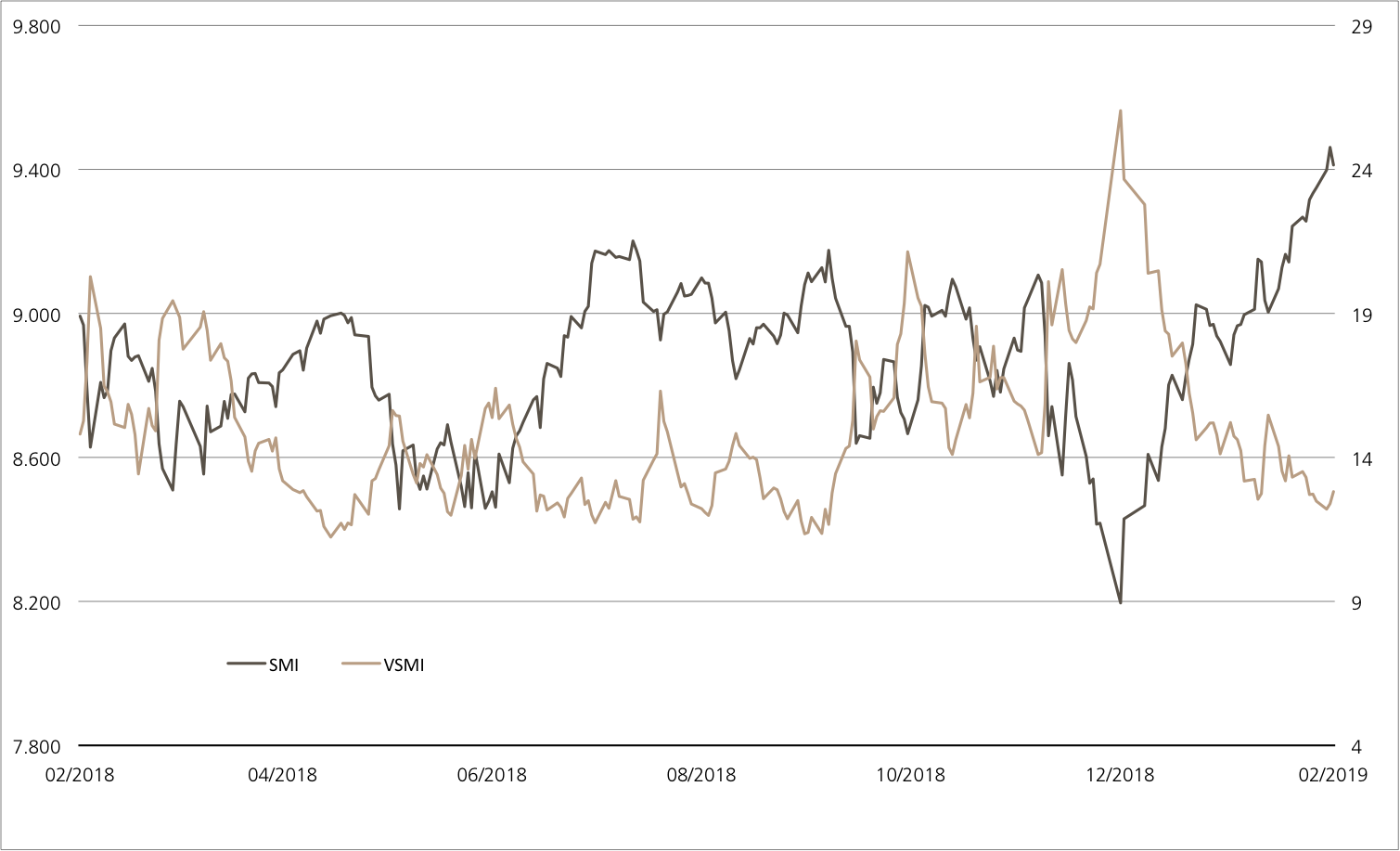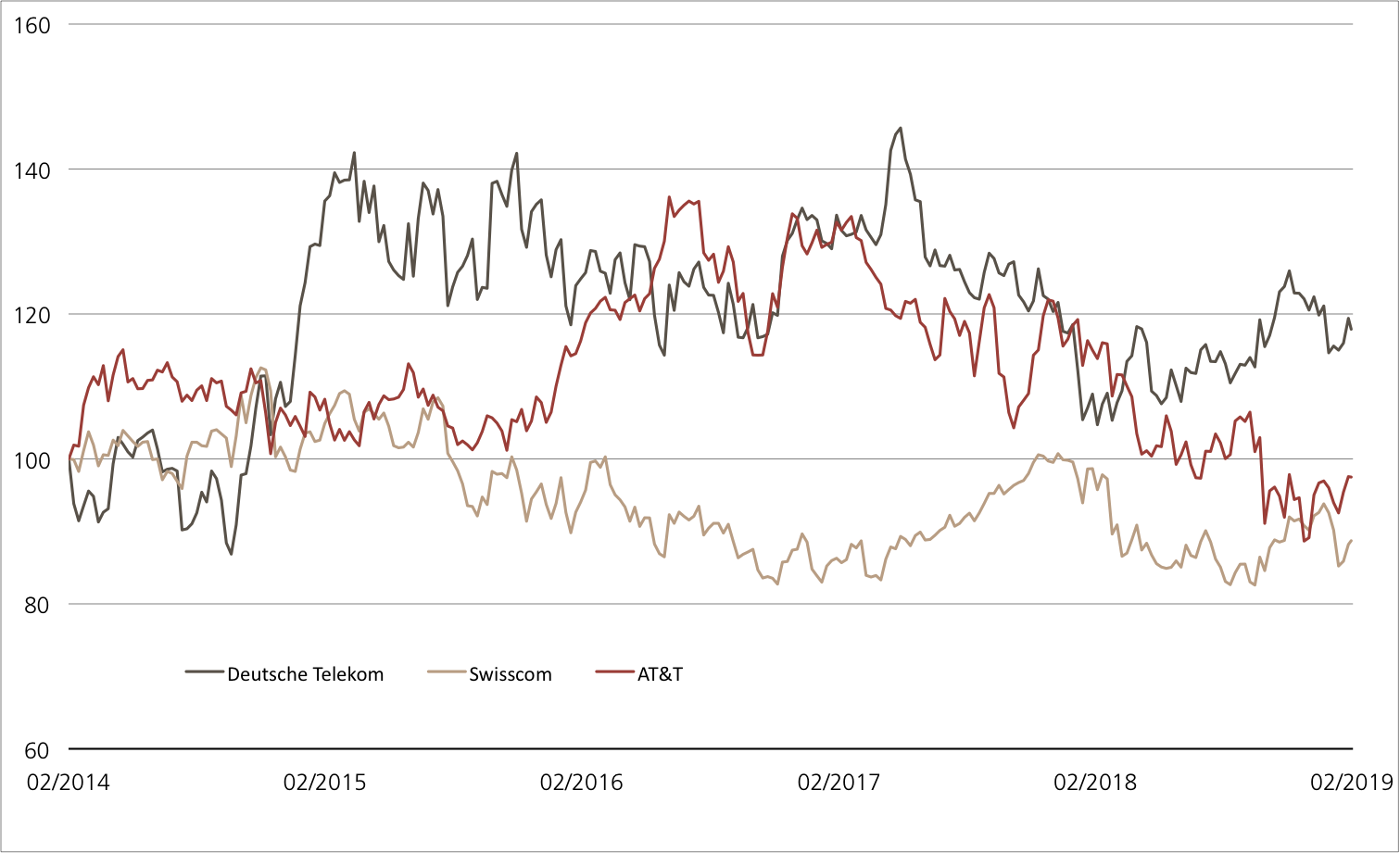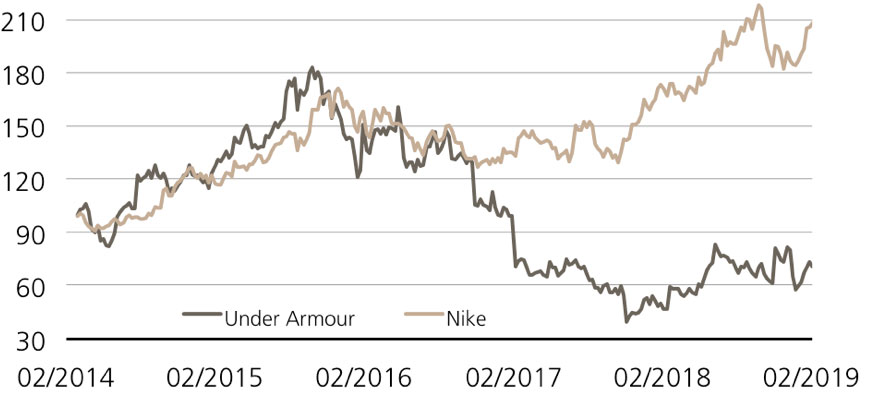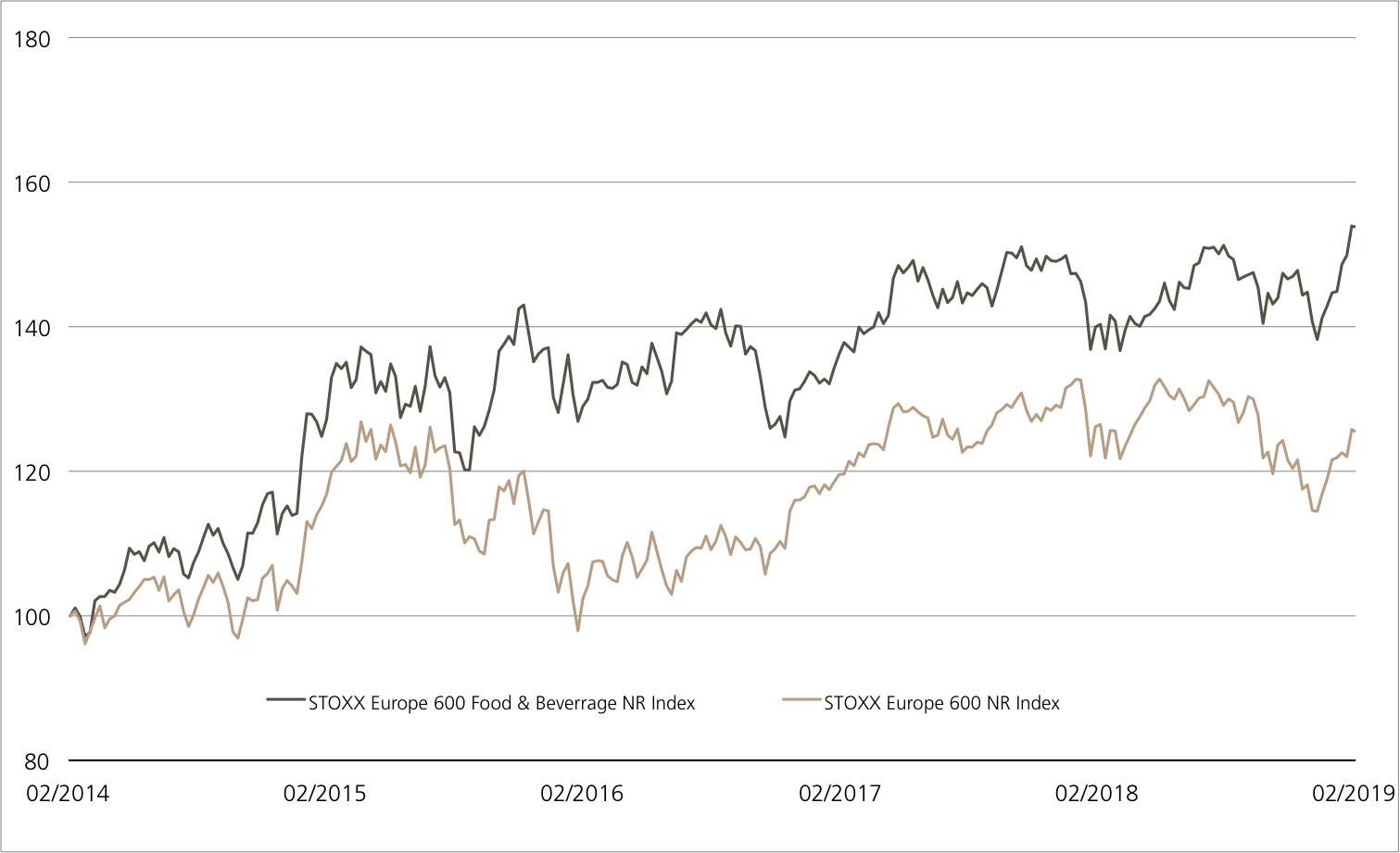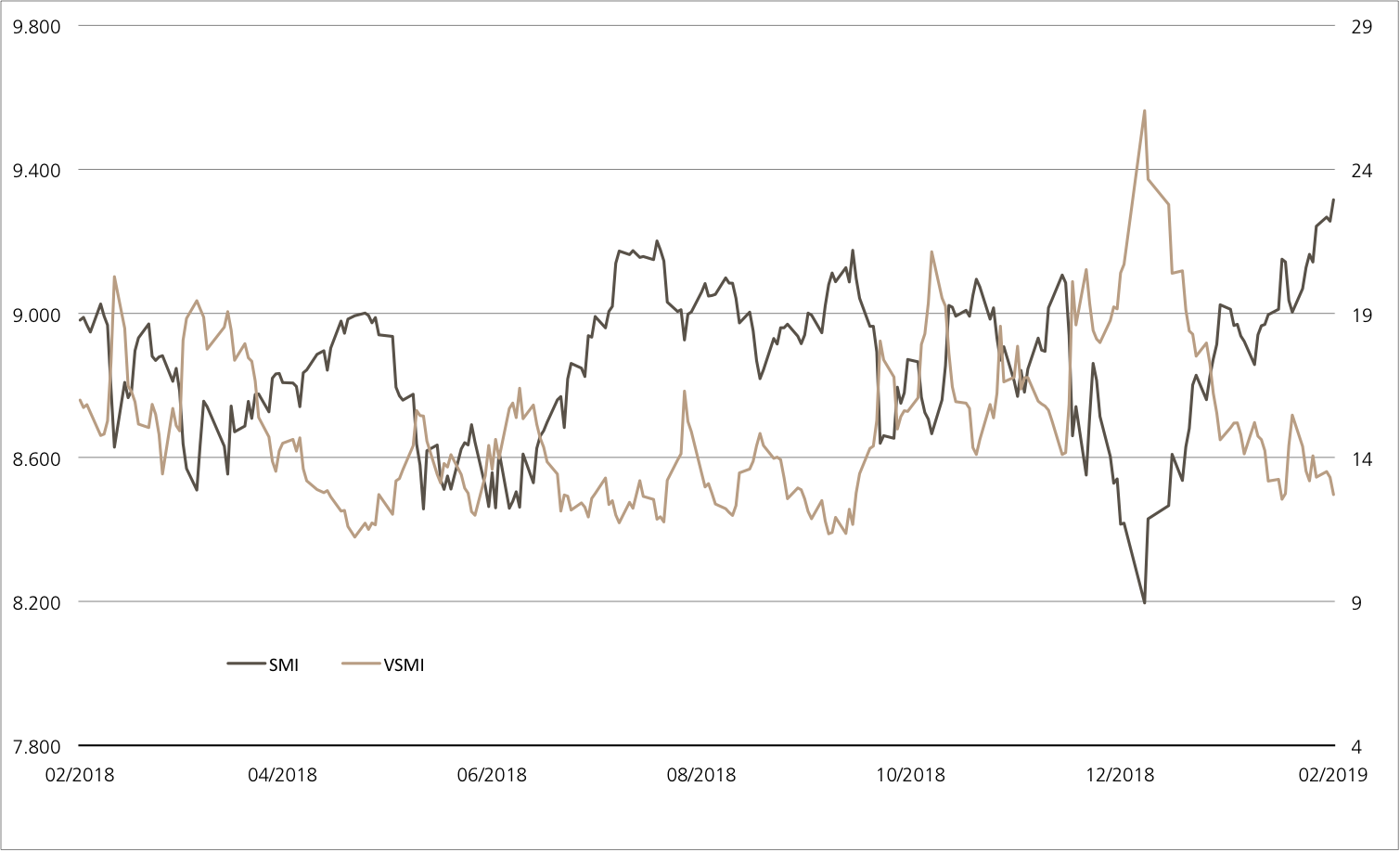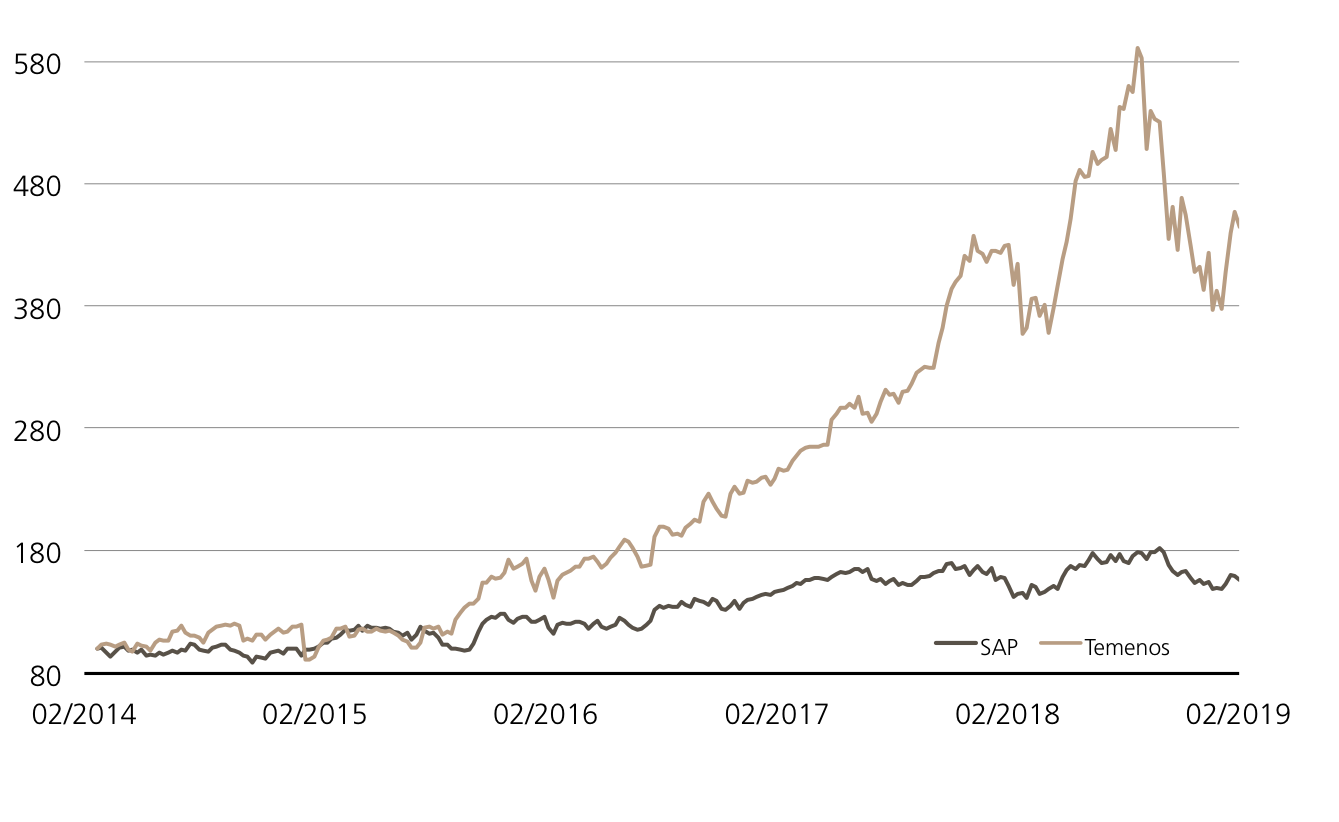Weekly Hits: Entreprises familiales, Apple & Netflix
Vendredi, 22.03.2019

- Thème 1: Entreprises familiales - La réussite dans les gènes
- Thème 2: Apple/Netflix - L’innovation en marche
Entreprises familiales
La réussite dans les gènes
Souvent, une image quelque peu poussiéreuse colle aux entreprises familiales. À tort, car elles ne manquent pas d’esprit d’innovation, ainsi qu’en atteste l’exemple de Swatch : le groupe vient de faire entrer ses célèbres chronomètres dans l’ère du numérique et il leur suffit désormais de quelques secondes pour se transformer en moyen de paiement. Les entreprises familiales de grande envergure jouent également un rôle important à l’échelle mondiale. Au total, 19 groupes suisses sont ainsi réunis dans le nouveau « Global Family Business Index », une initiative portée conjointement par EY et l’Université de Saint-Gall. Les 500 entreprises qui composent ce baromètre forment l’univers d’actions de deux Open End PERLES, l’un sur le Solactive Swiss Family Owned Companies Index (symbole : FAMSUU) et l’autre sur le Solactive Global Family Owned Companies Index (symbole : FAMCHU). Après déduction de frais de gestion annuels de 0,75%, les deux Tracker Certificats reproduisent à l’identique l’évolution des cours de leur indice respectif.
EY et l’Université de Saint-Gall ont récemment mené une étude sur le degré de réussite des entreprises familiales au cours des dernières années. Il s’est avéré que le chiffre d’affaires total des 500 multinationales observées est passé de 13,6 à près de 15 milliards de dollars américains, soit une hausse de 9,9%, entre 2017 et 2019. À titre de comparaison, les membres de l’indice Fortune 500, qui regroupe les sociétés ayant le chiffre d’affaires le plus élevé dans le monde, affichent seulement un taux de croissance moyen de leur chiffre d’affaires de 8,6% pour cette période. La majorité des entreprises familiales sont en outre implantées en Europe, avec une part de 46%, et les entreprises européennes ont même vu leur nombre augmenter à 230 au lieu de 224 en 2017. L’Amérique du Nord occupe la deuxième place, mais les entreprises familiales de cette région ont perdu un point de pourcentage par rapport à la situation d’il y a deux ans, atteignant une part de 30%. (Source : EY, 2019, Global Family Business Index Report, 15.02.2019).
Même si les titres technologiques sont toujours plus nombreux à rejoindre le Family Business Index ces derniers temps, les biens de consommation, qui représentent actuellement 31%, dominent toujours le classement sectoriel. Le numéro un mondial est le détaillant américain Walmart, avec un chiffre d’affaires avoisinant 486 milliards de dollars, suivi par Volkswagen. Les Suisses ne sont toutefois pas en reste, avec notamment Roche, qui intègre le top 20. (Source : EY, 2019, Global Family Business Index Report, 15.02.2019). Le conglomérat pharmaceutique des familles Hoffmann et Oeri a récemment réussi à marquer des points également sur le plan opérationnel. En 2018, son chiffre d’affaires a progressé de 7% et son bénéfice d’exploitation s’est même amélioré de 14%. Les principaux moteurs de cette croissance ont été le nouveau médicament de traitement de la sclérose en plaques Ocrevus, ainsi que les anticancéreux Perjeta, Tecentriq et Alecensa. Cette tendance positive devrait par ailleurs se poursuivre en 2019. La direction escompte que les recettes s’accroissent d’un pourcentage faible à moyen à un chiffre.Opportunités: les bons de jouissance de Roche sont repris à la fois dans le Solactive Swiss Family Owned Companies Index et dans la déclinaison mondiale de ce baromètre. Dans le premier, cette entreprise de santé est le poids lourd absolu. Avec les Open End PERLES sur le Solactive Swiss Family Owned Companies Index (symbole : FAMSUU) et sur le Solactive Global Family Owned Companies Index (symbole : FAMCHU), les investisseurs peuvent aisément intégrer cette stratégie de placement aux perspectives prometteuses dans leur dépôt. Ils profitent alors aussi des dividendes nets des membres, qui sont réinvestis dans l’indice respectif. En contrepartie, une commission de gestion de 0,75% p.a. est prélevée.
Risques: les produits présentés n’offrent pas de protection du capital. Avec un PERLES, dès que le panier sous-jacent tombe en-dessous du prix d’entrée, des pertes se produisent. Par ailleurs, avec les produits structurés, l’investisseur supporte le risque d’émetteur. Cela signifie qu’en cas d’insolvabilité d’UBS SA, le capital investi peut être perdu, indépendamment de l’évolution du sous-jacent.
Vous trouverez davantage de produits UBS et des informations sur les opportunités et les risques à l’adresse ubs.com/keyinvest.
Solactive Swiss Family Owned Companies Net TR Index (5 ans)¹
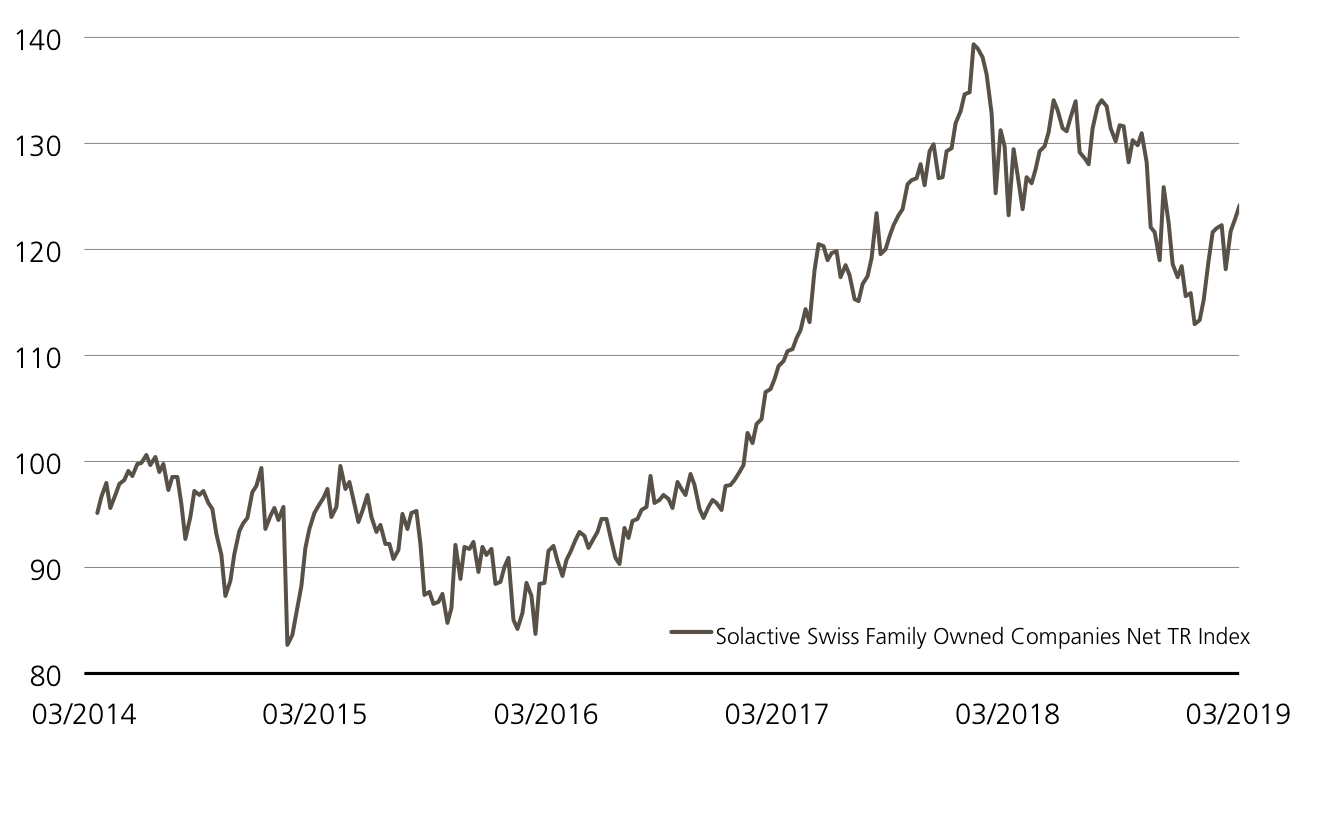
Après deux ans de stagnation entre 2014 et 2016, le Solactive Swiss Family Owned Companies Index est reparti à la hausse. Un gain de 29% peut être constaté à un horizon de cinq ans.
Source: UBS AG, Bloomberg
Valeurs du: 20.03.2019
Solactive Global Family Owned Companies Net TR Index (5 ans)¹
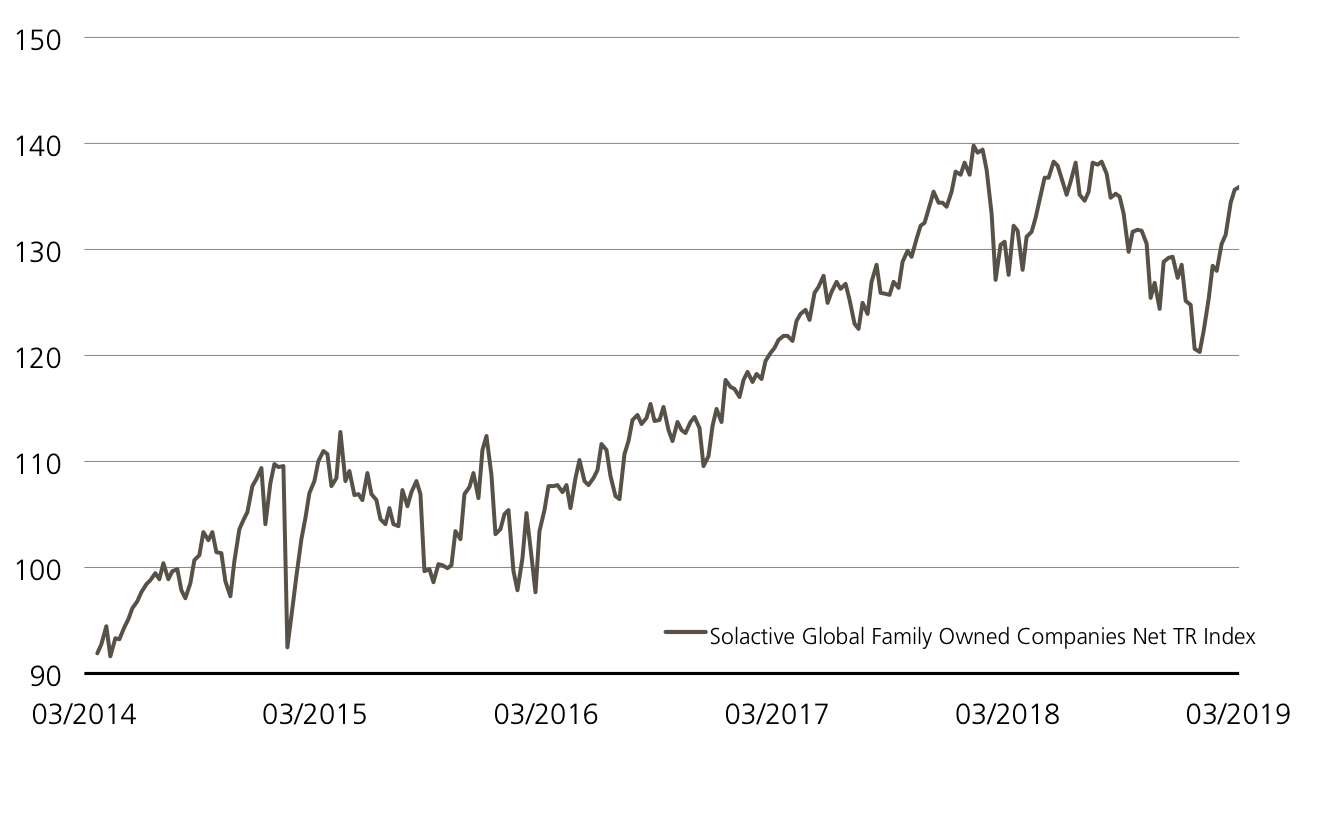
Le Solactive Global Family Owned Companies Index s’est inscrit dans une courbe ascendante pratiquement sans interruption depuis mars 2014. La hausse atteint 49% malgré le recul survenu fin 2018/début 2019.
Source: UBS AG, Bloomberg
Valeurs du: 20.03.2019
¹) La performance passée n’indique pas les résultats futures.
²) Les condition des ETTs sont vérifiés annuellement et peuvent être ajustées avec un délai de 13 mois après la publication.
Open End PERLES sur SolactiveSwiss Family Owned Companies Net TRIndex
| Symbol | FAMSUU |
| SVSP Name | Tracker Certifikat |
| SVSP Code | 1300 |
| Sous-jacent | Solactive Swiss Family Owned Companies Net TR Index |
| Devise | CHF |
| Frais de gestion | 0.75% p.a. |
| Participation | 100% |
| Echéance | Open End |
| Émetteur | UBS AG, London |
| Bid/Ask | CHF 119.50 / 120.70 |
Open End PERLES sur SolactiveGlobal Family Owned Companies Net TRIndex
Vous trouverez davantage de produits UBS et des informations sur les opportunités et les risques à l’adresse ubs.com/keyinvest.
Source: UBS AG, Bloomberg
Valeurs du: 20.03.2019
Apérçu du marché
| Index | Citation | Semaine¹ |
| SMI™ | 9’463.32 | 0.8% |
| SLI™ | 1’457.72 | 0.7% |
| S&P 500™ | 2’824.23 | 0.5% |
| Euro STOXX 50™ | 3’372.38 | 1.5% |
| S&P™ BRIC 40 | 4’373.85 | 2.0% |
| CMCI™ Compos. | 942.20 | 1.3% |
| Gold (troy ounce) | 1’301.70 USD | -0.6% |
¹ Changement basé sur le cours de clôture du jour précédent par rapport au cours de clôture de la semaine dernière.
SMI™ vs. VSMI™ 1 année
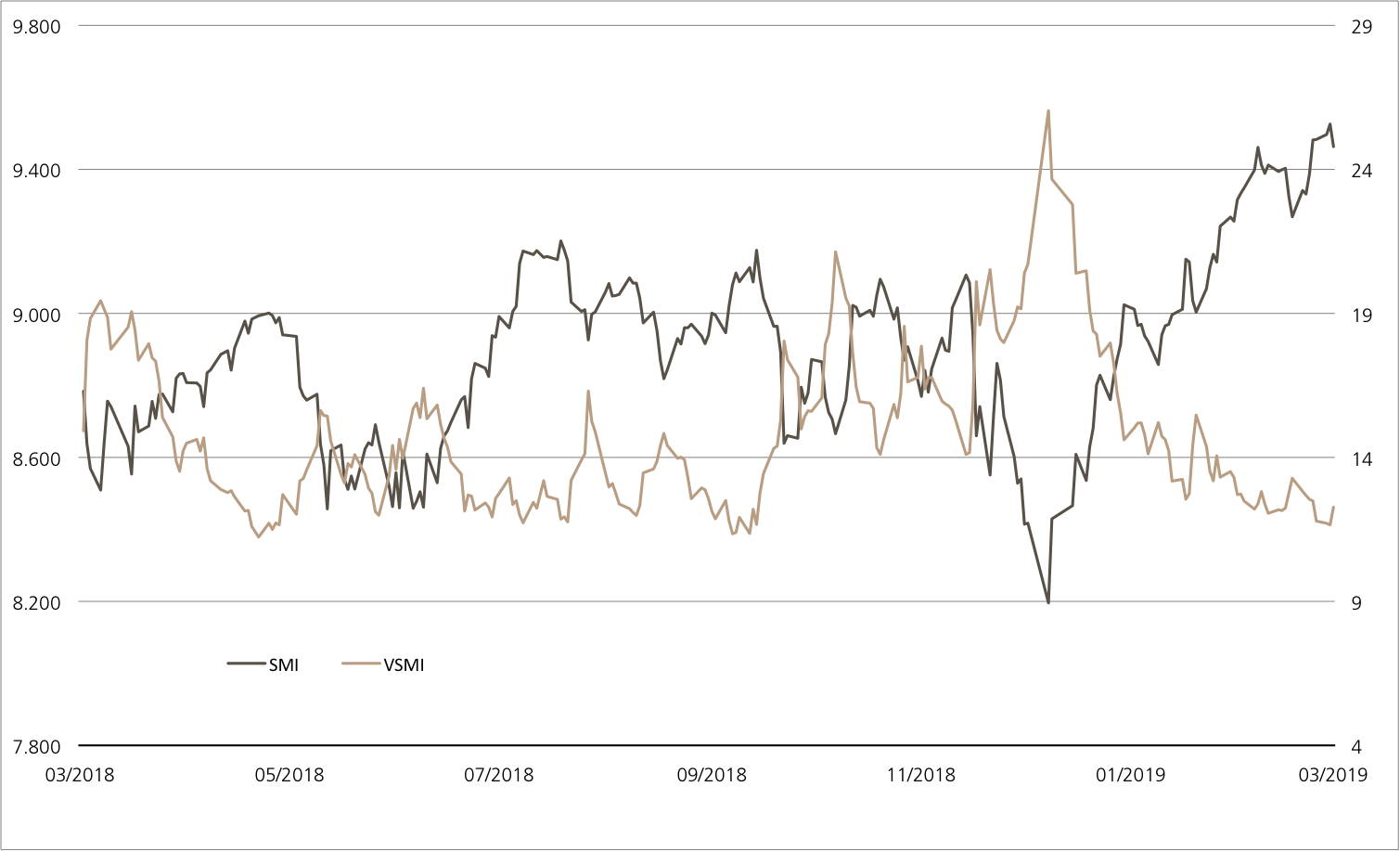
L’index VSMI™ est calculé depuis 2005. Il affiche la volatilité des actions inclus dans le SMI™ index. Pour la calculation, un portefeuille est utilisé qui ne réagit qu’au variations de la volatilité au lieu des variations des prix. En le faisant, la méthodologie du VSMI™ utilise la volatilité carré, connu sous le terme variance, des options sur le SMI avec 30 jours jusqu’à l’échéance négociées à la Bourse Eurex.
Source: UBS AG, Bloomberg
Valeurs du: 20.03.2019
Apple/Netflix
L’innovation en marche
Depuis qu’Apple a lancé une invitation à un « Special Event » intitulé « It’s show time » le 25 mars, les rumeurs vont bon train. Les acteurs du marché soupçonnent que la firme de Cupertino pourrait se lancer dans un service de vidéo en streaming, livrant ainsi une concurrence directe à Netflix. Il ne s’agit encore à ce jour que de spéculations, mais dans le domaine des tablettes, la marque culte a en revanche déjà créé une surprise de taille. Elle a en effet annoncé une nouvelle version du célèbre iPad Air et un nouvel iPad mini, qui seront commercialisés dès la dernière semaine de mars. Avec un Callable Worst of Kick-In GOAL en souscription (symbole : KDIQDU) sur Apple et Netflix, il est possible de miser sur les deux sociétés technologiques américaines de façon à optimiser son rendement. L’opportunité de gain s’élève à 12,25% p.a., avec une marge de sécurité confortable de 40%.
Les observateurs sont de plus en plus impatients de découvrir ce que le CEO Tim Cook dévoilera lundi au Steve Jobs Theater. En s’attaquant à la vidéo en streaming, Apple, qui avec son App Store, est déjà implantée dans plus de 100 pays, partirait à la conquête d’un réel marché de croissance. Netflix, le pionnier du streaming, a enregistré 11,4 millions d’abonnés supplémentaires au cours du quatrième trimestre 2018 seulement, pour un total de 145 millions d’abonnements. Son bilan s’est par contre révélé mitigé : si le chiffre d’affaires a gonflé d’un quart, le résultat s’est affaibli. Cela tient principalement à ce que Netflix opère de lourds investissements dans ses propres productions de films et de séries. La société souhaiterait contrer la tendance négative actuelle, entre autres, en augmentant ses prix, comme elle l’a fait aux États-Unis au début de l’année. Pour l’instant, le plus sérieux concurrent de Netflix est Amazon, avec son service « Prime Video », mais la décision d’Apple pourrait marquer l’arrivée d’un nouvel adversaire redoutable dans le secteur, ce qui apporterait une bouffée d’air frais. Netflix n’envisage pas de collaborer avec Apple. D’après son CEO, Reed Hastings, elle entend bien continuer de proposer son offre par le seul biais de son propre service. (Source : Thomson Reuters, revue de presse, 19.03.2019)
Opportunités: depuis le début de l’année, les cours des actions d’Apple et Netflix ne cessent de grimper¹. Afin d’engranger un rendement à deux chiffres en pourcentage avec le Callable Worst of Kick-In GOAL (symbole : KDIQDU) sur les deux géants technologiques américains, un statu quo des cours est parfaitement suffisant. L’essentiel est qu’aucun membre de ce duo ne plonge sous sa barrière fixée à 60% de sa valeur initiale. Pour autant que ce seuil de sécurité ne soit pas compromis, le produit atteindra le rendement maximal de 12,25% p.a. dans deux ans, excepté si le produit est rappelé (Issuer call feature) par l’émetteur.
Risques: les Worst of Kick-In GOALS ne bénéficient d’aucune protection du capital. Si, pendant la durée de l’investissement, l’un des sous-jacents atteint une seule fois la barrière respective (« Kick-In Level ») ou est inférieur à celle-ci, et que la fonction de Callable ne s’applique pas, l’amortissement à l’échéance par remboursement en espèces est basé sur la performance la plus faible (base Strike) du duo (au maximum toutefois à la valeur nominale majorée du coupon). Dans un tel cas, des pertes sont probables. Par ailleurs, avec les produits structurés, l’investisseur supporte le risque d’émetteur. Cela signifie qu’en cas d’insolvabilité d’UBS SA, le capital investi peut être perdu, indépendamment de l’évolution du sous-jacent.
Vous trouverez davantage de produits UBS et des informations sur les opportunités et les risques à l’adresse ubs.com/keyinvest.
Apple vs. Netflix
(5 ans, aux fins d’illustration uniquement, données en %)¹
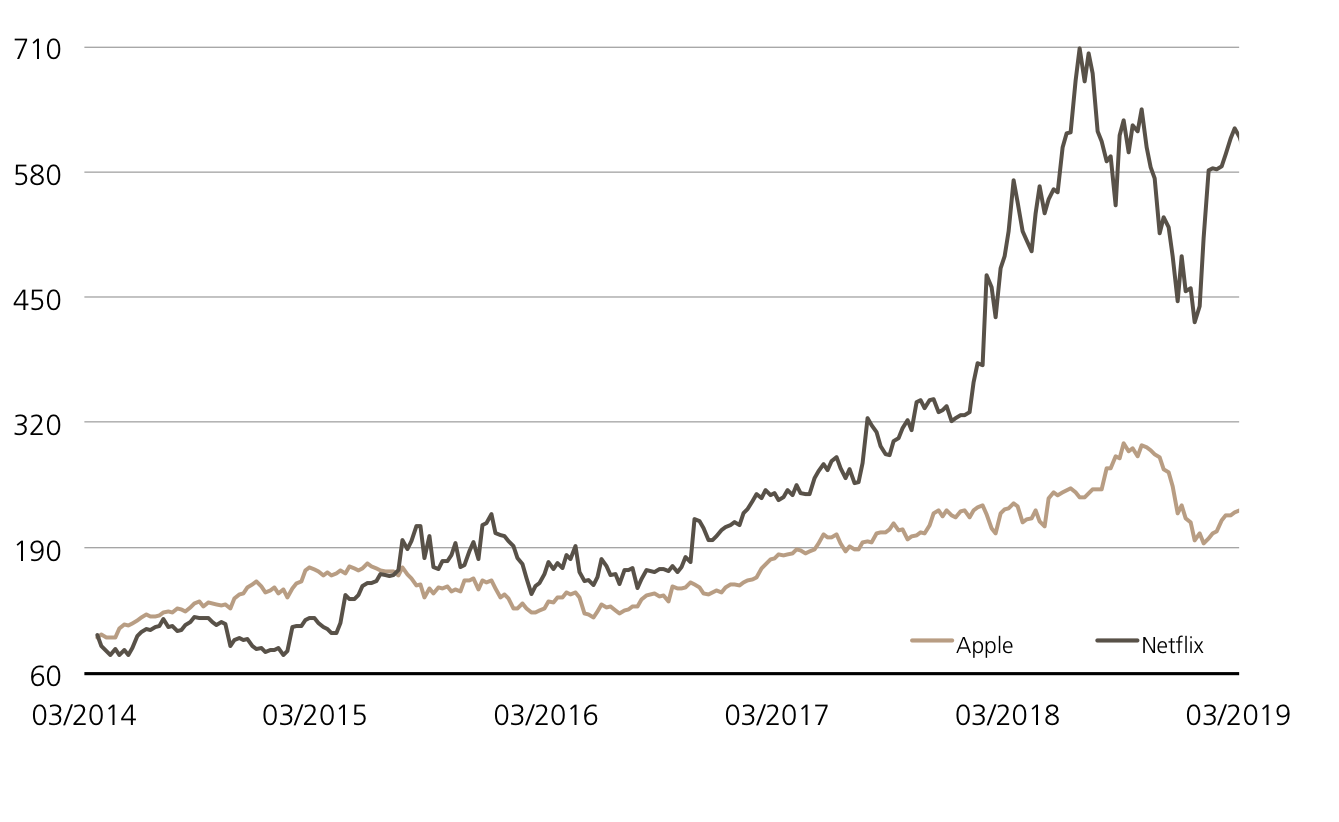
Source: UBS AG, Bloomberg
Valeurs du: 20.03.2019
12.25% p.a Callable worst of Kick-In GOAL sur Apple/Netflix
| Symbol | KDIQDU |
| SVSP Name | Barrier Reverse Convertible |
| SPVSP Code | 1230, Callable |
| Sous-jacent | Apple, Netflix |
| Devise | USD |
| Coupon | 12.25% p.a. |
| Kick-In Level (barrière) |
60% |
| Echéance | 01.04.2021 |
| Émetteur | UBS AG, London |
| Date de fixation du prix | 03.04.2019, 15:00 h |
Vous trouverez davantage de produits UBS et des informations sur les opportunités et les risques à l’adresse ubs.com/keyinvest.
Source: UBS AG, Bloomberg
Valeurs du: 20.03.2019
¹) La performance passée n’indique pas les résultats futures.
²) Les condition des ETTs sont vérifiés annuellement et peuvent être ajustées avec un délai de 13 mois après la publication.

